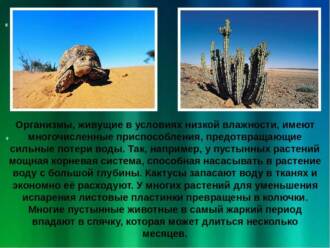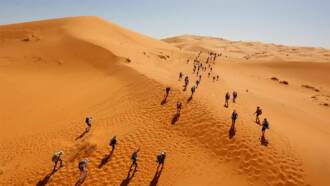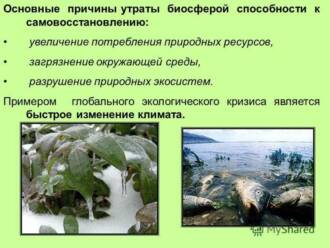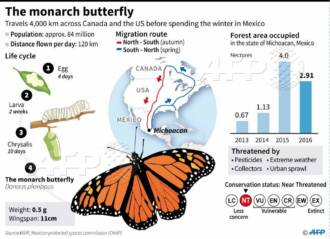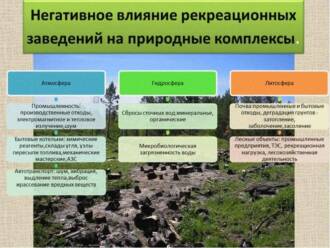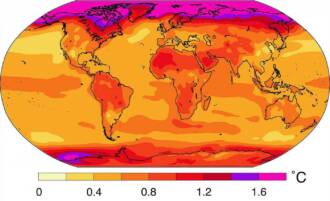
Butterflies are one of the most beautiful and amazing creatures of nature. They amaze with their brightness and tenderness, attracting the attention of many people. However, butterflies, especially those that live in desert regions, face a number of problems, including climate change.
Deserts are fragile ecosystems that by their very nature have extreme habitat conditions. However, in recent decades, the climate in many desert areas has begun to change, with serious consequences for local fauna and flora. Butterflies also bear a significant burden in this process.
Climate change leads to changes in temperature regimes, humidity, as well as the availability of food resources. As a result, many species of butterflies are losing their usual habitats and habitual food sources. They are forced to adapt to new conditions or look for new places to live. However, not all species are able to adapt as fast as the climate is changing. This leads to the disappearance of many species of butterflies and the disruption of the ecosystem by the desert.
The role of butterflies in the desert ecosystem
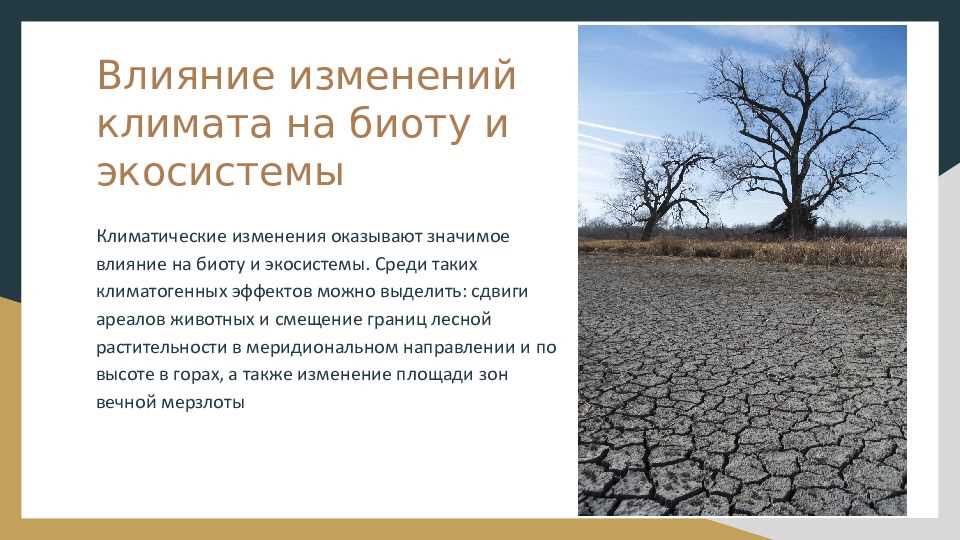
Butterflies play an important role in the desert ecosystem, performing several functions that contribute to the conservation of biodiversity and maintaining the balance in this ecosystem.
Pollination of plants
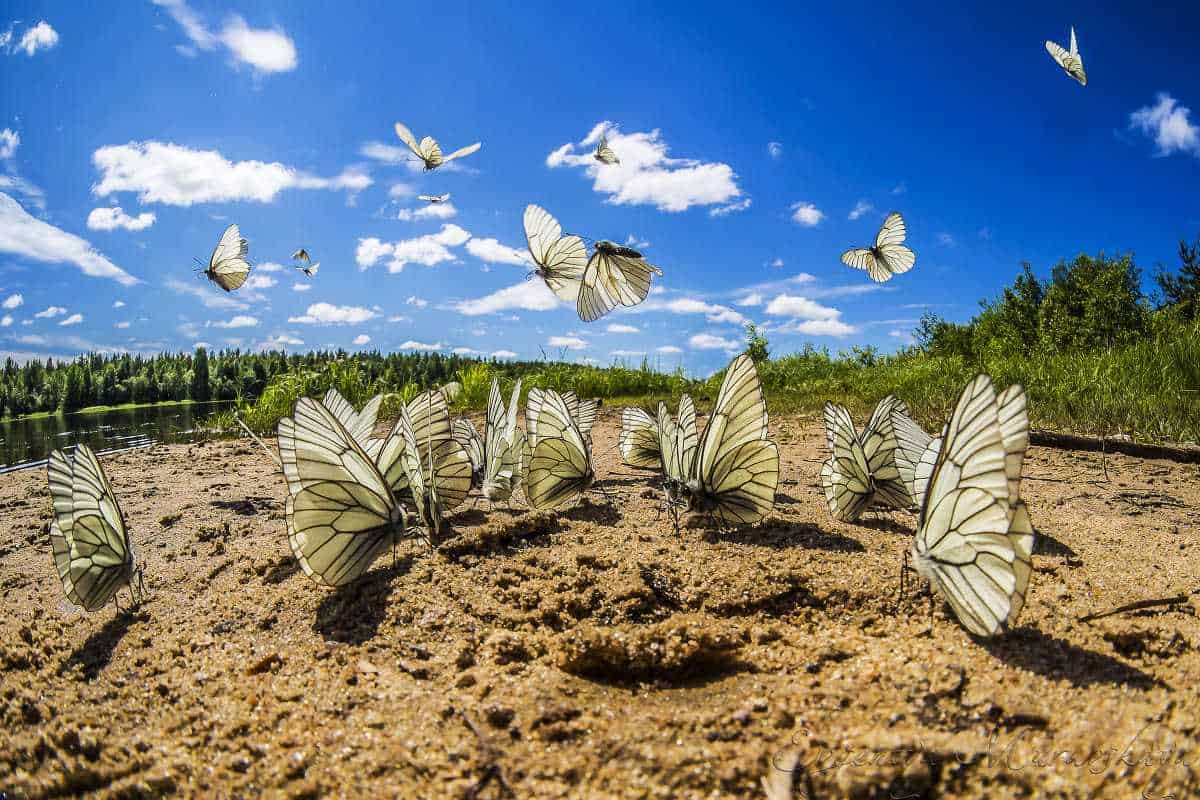
Butterflies are important plant pollinators in desert ecosystems. When visiting flowers to search for food, butterflies carry pollen from one flower to another, contributing to the pollination of plants. This allows plants to reproduce and maintain their populations in the limited resources of the desert.
Food for other animals
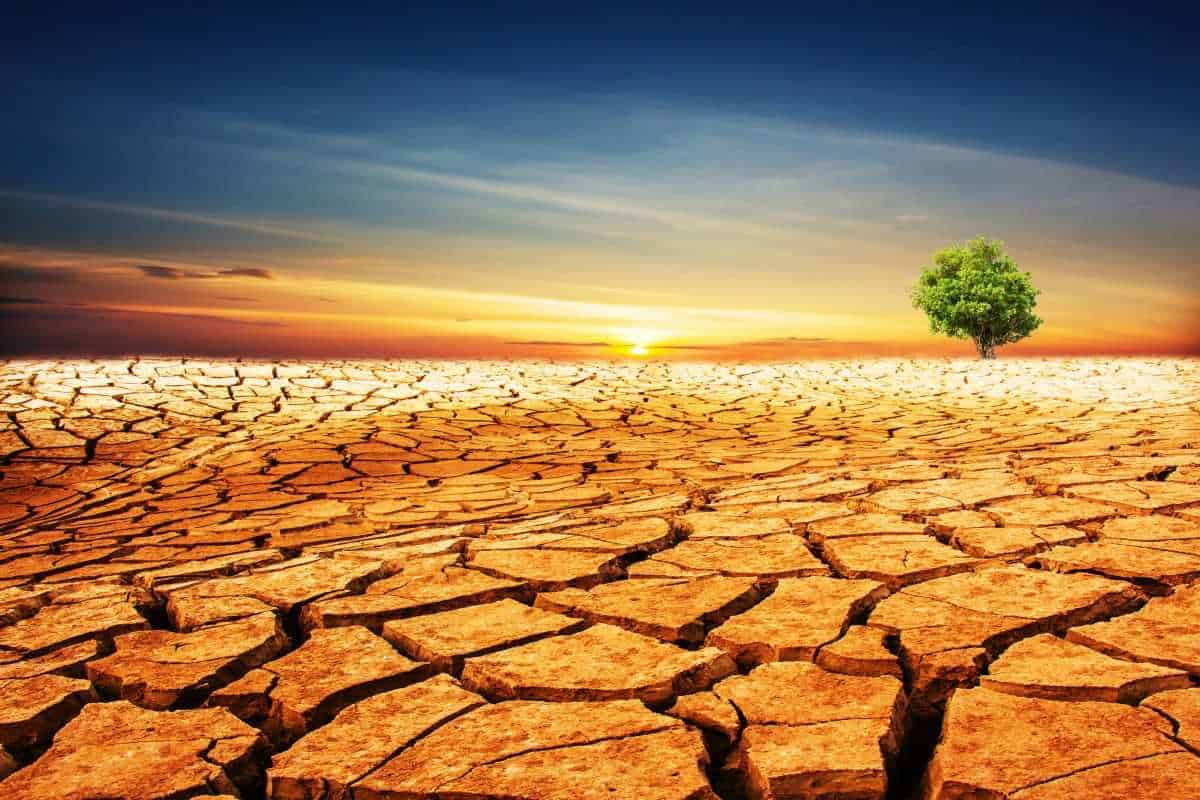
Butterflies are also an important food source for other animals living in desert ecosystems. Larvae and adults of butterflies serve as food for desert birds, lizards, rodents and other insects. The consumption of butterflies by other animals helps maintain the balance and diversity of species in a given ecosystem.
Ecosystem health indicators
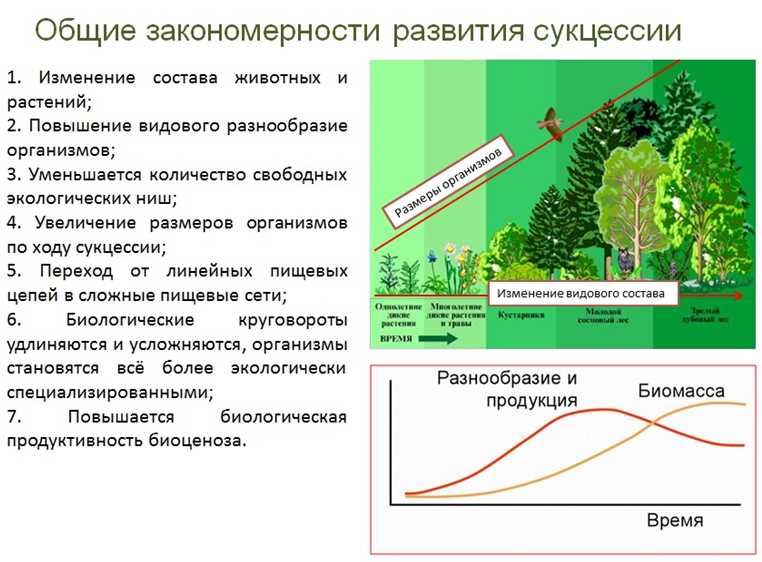
Butterflies can also serve as indicators of the ecosystem health of desert areas. The study of butterfly populations and species can provide insight into the state of the environment and changes in climatic conditions. Changes in the abundance and distribution of butterfly species can indicate disturbances in the ecosystem and help in taking measures to restore and protect it.
Impact of climate change on butterfly populations
Climate change has a significant impact on butterfly populations, which are indicators of the state of the environment. Changes in temperature conditions, an increase in the frequency and intensity of extreme weather events, as well as changes in the seasonality of precipitation affect the life cycle and behavior of butterflies.
Changing temperature conditions has a direct effect on butterflies, as they are exothermic organisms and depend on the ambient temperature for their activity and development. An increase in temperature can lead to accelerated development and the emergence of new generations of butterflies. However, lower temperatures can cause developmental delays and population declines.
An increase in the frequency and intensity of extreme weather events such as droughts, floods, and high winds also has an impact on butterfly populations. These events can destroy their habitats, damage or destroy their larvae and pupae, resulting in a decrease in the abundance and diversity of species.
Changes in the seasonality of rainfall also affect butterfly populations. Lack of moisture can lead to reduced food availability for their larvae, which can lead to their death. In addition, changes in the seasonality of precipitation can lead to a change in the distribution of plants that are a food source for butterflies, which can also negatively affect their populations.
In general, climate change has a significant impact on butterfly populations, and the conservation of these species in the face of climate change is becoming an increasingly urgent task. It is necessary to take measures to protect and restore their habitats, as well as conduct scientific research to better understand the impact of climate change on butterfly populations and develop measures for their conservation.
Adaptation of butterflies to extreme conditions of dry regions
Butterflies living in dry regions have developed amazing mechanisms for survival in extreme conditions. They have a number of adaptations that allow them to cope with the lack of water and food.
Crypto protection
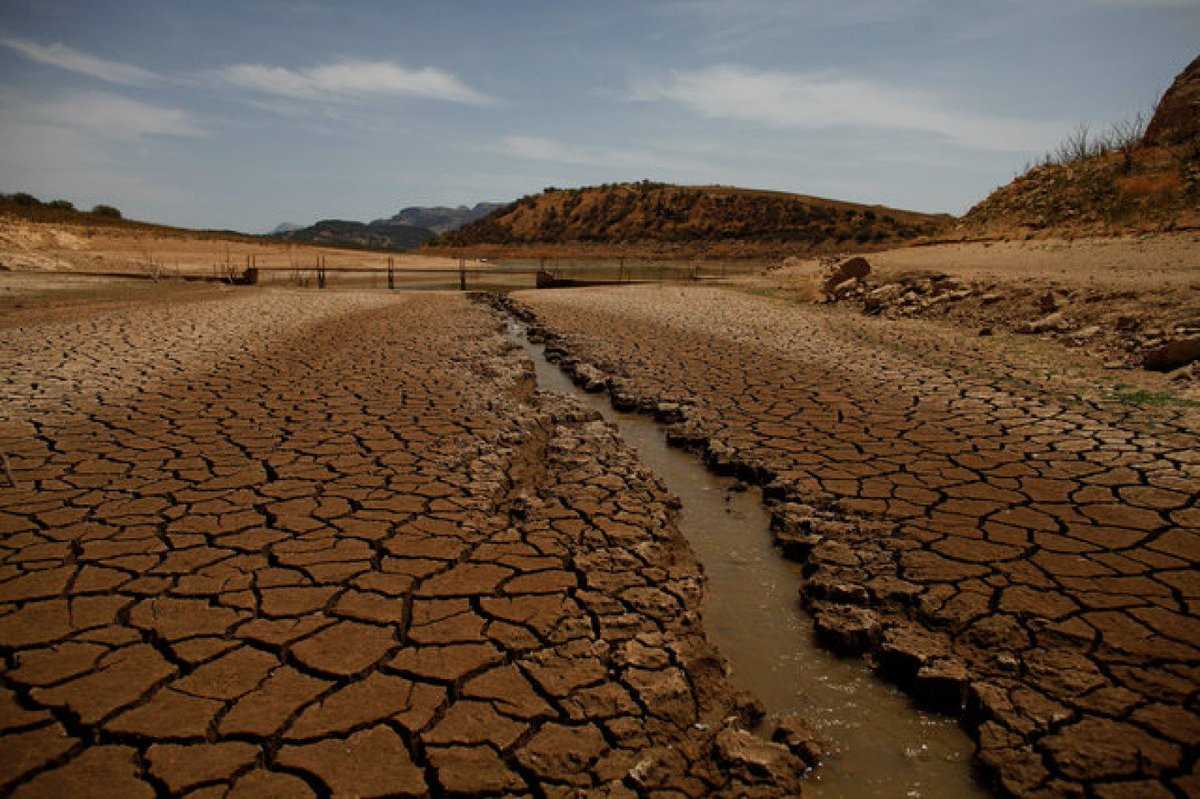
One of the survival strategies for butterflies in dry regions is crypto-protection. Many species of butterflies are light brown in color, which allows them to blend in with their surroundings and remain invisible to predators. This is especially important in conditions where the vegetation is dry and provides little or no cover.
Water saving
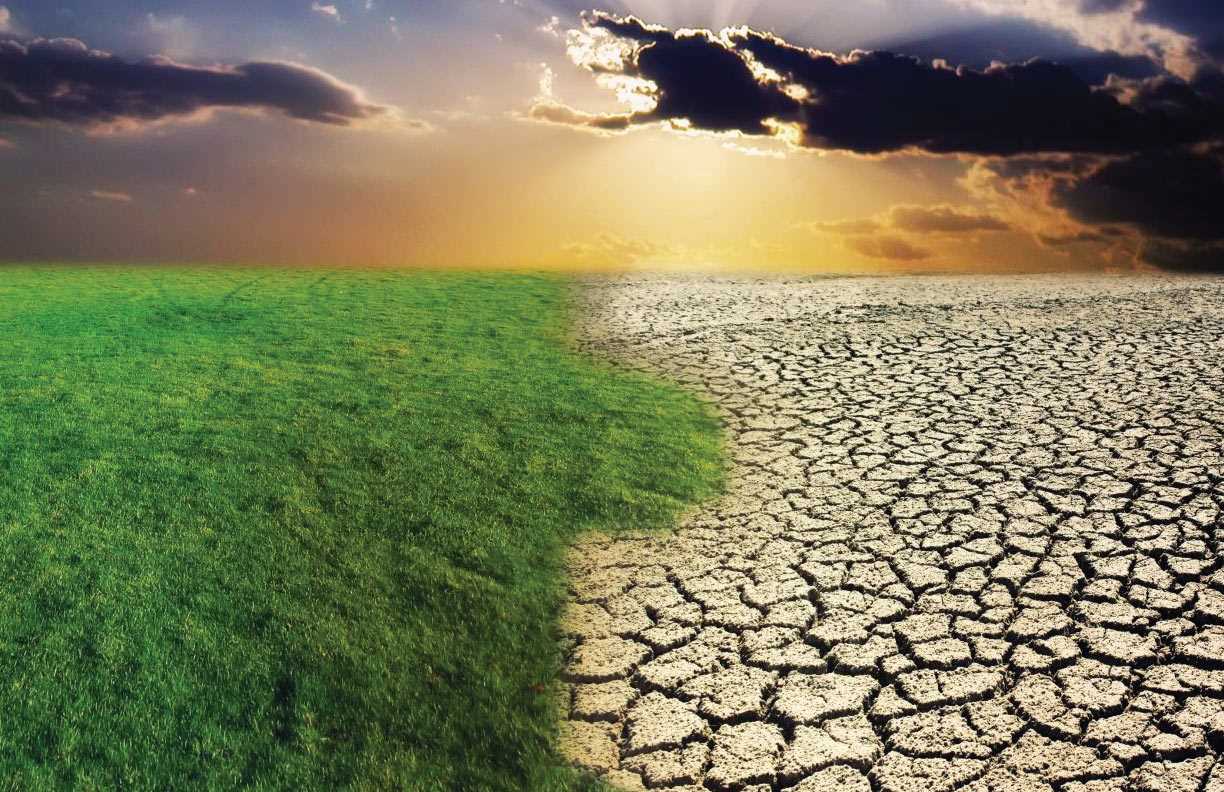
Butterflies living in dry regions have developed the ability to conserve water. They have a reduced number of sweat glands, which reduces the loss of water through evaporation. In addition, they are able to reduce the activity of their metabolism during periods when food and water are scarce, which helps them to survive longer without resources.
Specialized nutrition
To cope with the lack of food in dry regions, some species of butterflies have evolved specialized feeding habits. For example, they may be specialized in certain types of plants that contain sufficient nutrients despite the dry environment.
In general, desert butterflies have amazing adaptations that allow them to survive in conditions of dryness and lack of resources. Studying these adaptations helps us better understand how they can adapt to climate change and persist into the future.
Changes in the distribution and migration of butterflies due to climatic factors
Butterflies are among the most climate-sensitive species on the planet. Changes in the distribution and migration of butterflies are associated with the negative effects of climate change, such as rising temperatures, changing precipitation and extreme weather.
One of the main factors affecting the distribution and migration of butterflies is the change in temperature conditions. An increase in temperature may lead to a reduction or change in their habitat. Some butterfly species may be forced to migrate to cooler regions in order to maintain optimal conditions for their existence.
Changes in precipitation also affect the distribution and migration of butterflies. An increase or decrease in rainfall can change the availability of food plants for butterflies. Some species of butterflies may be forced to seek new food sources or migrate to more suitable conditions in order to find food.
Extreme weather conditions such as droughts or floods can also affect the distribution and migration of butterflies. They can deprive butterflies of access to food or destroy their habitats. As a result, butterflies may be forced to seek new habitats and migrate to more favorable conditions.
Changes in the distribution and migration of butterflies due to climatic factors have serious consequences for the conservation of species. Butterflies perform important functions in the ecosystem, such as pollinating plants and being food for other animals. Therefore, in order to save butterflies and their contribution to the ecosystem, it is necessary to take measures to reduce the impact of climatic factors and create conditions for the conservation of their natural habitats and migrations.
Conservation Strategies for Vulnerable Butterfly Species in the Face of Climate Change
Climate change is having a negative impact on many species of butterflies, making them more vulnerable and prone to extinction. To conserve these species, it is necessary to develop and apply special strategies that take into account changes in the environment and help the species adapt to new conditions.
Creation and conservation of favorable habitats

One important strategy for the conservation of vulnerable butterfly species is the creation and conservation of favorable habitats. To do this, it is necessary to provide butterflies with access to plants, which are their source of food and a place for laying eggs. It is also important to provide a variety of plants to ensure a variety of food and habitat resources.
Improving genetic diversity
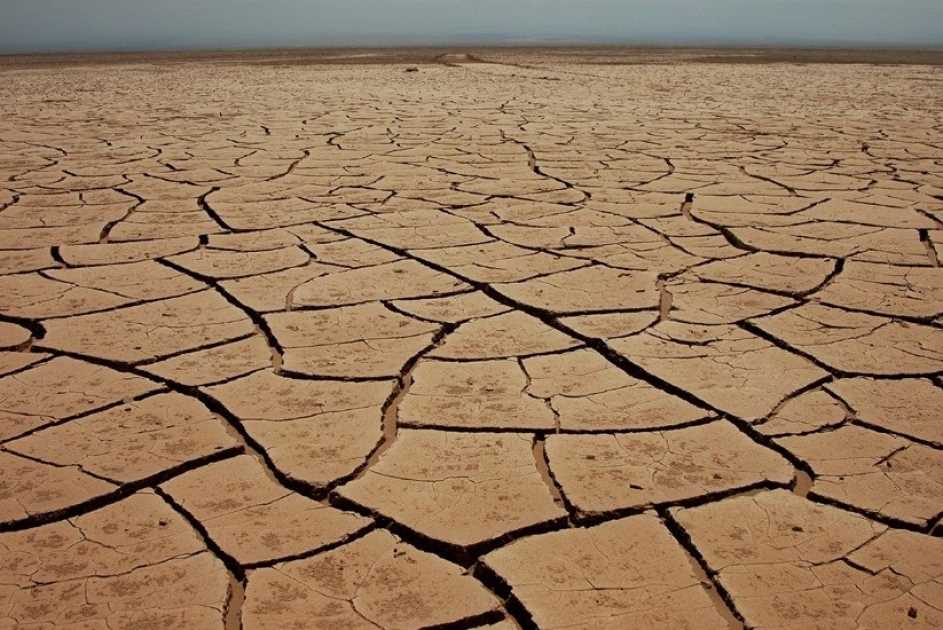
To increase the resilience of vulnerable butterfly species to climate change, it is necessary to improve their genetic diversity. This can be done through intensive breeding and restoration of populations. It is also important to conserve and protect vulnerable populations in order to prevent their extinction and preserve the genetic material for future generations.
Monitoring and research
One of the key strategies for the conservation of vulnerable butterfly species is monitoring and research. Regular surveys of butterfly populations should be carried out to monitor their abundance and distribution. This will allow timely identification of threats and take measures to eliminate them. In addition, the research will help to better understand the mechanisms of adaptation of butterflies to climate change and develop more effective strategies for their conservation.
The role of reserves and national parks in the conservation of butterflies by the desert
Reserves and national parks play an important role in the conservation of butterflies by the desert, providing them with suitable habitat and protection from destructive human impact. They are unique oases in the harsh desert environment where many species of butterflies find their home.
Creation of reserves and national parks allows you to save the natural ecosystems in which desert butterflies exist. These areas provide shelter and protected areas for the breeding, feeding and migration of butterflies, which contribute to their survival and conservation in the face of climate change.
Organization of monitoring and research in reserves and national parks allows you to learn more about the diversity of desert butterfly species and their adaptation to changing environmental conditions. Researchers study the behavior, reproduction, migration and interaction of butterflies with other organisms, which helps to create effective strategies for their conservation.
Educational programs in nature reserves and national parks play an important role in educating the public about the importance of desert butterflies and their contribution to ecosystems. Visitors will learn about the importance of conservation and conservation, and how they can help conserve butterflies and their habitats.
In general, reserves and national parks play an invaluable role in the conservation of desert butterflies, providing conditions for them to survive and reproduce, as well as conducting research and educational programs to preserve these unique and beautiful creatures.
The Importance of Education and Information Campaigns for Butterfly Biodiversity Conservation
Education and information campaigns play an important role in the conservation of butterfly biodiversity. In today's world, where climate change and environmental issues are becoming increasingly relevant, it is necessary to pay attention to the conservation of species and their habitats.
Educational programs and information campaigns can help raise public awareness of butterfly biodiversity and the problems they face. People can learn about the importance of butterflies in the ecosystem, their role in plant pollination and seed dispersal. This will create a conscious attitude towards butterflies and their habitats.
Information campaigns can also help spread knowledge about how people can help conserve butterfly biodiversity. For example, they can learn how to create favorable conditions for butterflies in their gardens by using suitable plants and providing them with places to rest and breed.
Education and information campaigns can also contribute to the conservation of unique species of butterflies that are endangered. Raising awareness of such species allows action to be taken to protect them and restore their habitats.
Thus, education and information campaigns play an important role in the conservation of butterfly biodiversity. They help raise public awareness of the importance and vulnerability of these colorful creatures, as well as ways to help them survive climate change and environmental threats.
The need for cooperation between states to protect unique species of butterflies in the desert
Climate change is having a significant impact on desert ecosystems, including habitats for rare and unique butterfly species. The protection of these species is becoming increasingly important as they are an integral part of biological diversity and serve important ecological functions.
However, the conservation of these species of butterflies is a complex task that requires cooperation not only at the local level, but also between states. Deserts often stretch across the borders of different countries, and unique species of butterflies can be found on the territory of several states. Therefore, it is necessary to develop plans and programs for protection, which will include international cooperation and coordination of actions.
One of the important aspects of cooperation between states is the exchange of information and experience in the field of conservation of butterflies in the desert. Each country may have its own methods and approaches to species conservation, and knowledge sharing will allow more efficient development of conservation strategies and programmes. It is also important to conduct collaborative research and monitoring of the butterfly population in order to get a better picture of their distribution and condition.
Another aspect of cooperation is the creation of protected natural areas and reserves covering the habitats of unique species of butterflies. Such areas should be established internationally and include areas with different climates and vegetation types to provide maximum coverage for different species of butterflies. In addition, harmonized rules and control mechanisms need to be established to prevent the illegal trade and illegal collection of wild butterflies.
In general, cooperation between states is a necessary condition for the effective protection of unique species of butterflies by the desert. Only by joining efforts and coordinating actions can these species be preserved and prevent their extinction from nature.

